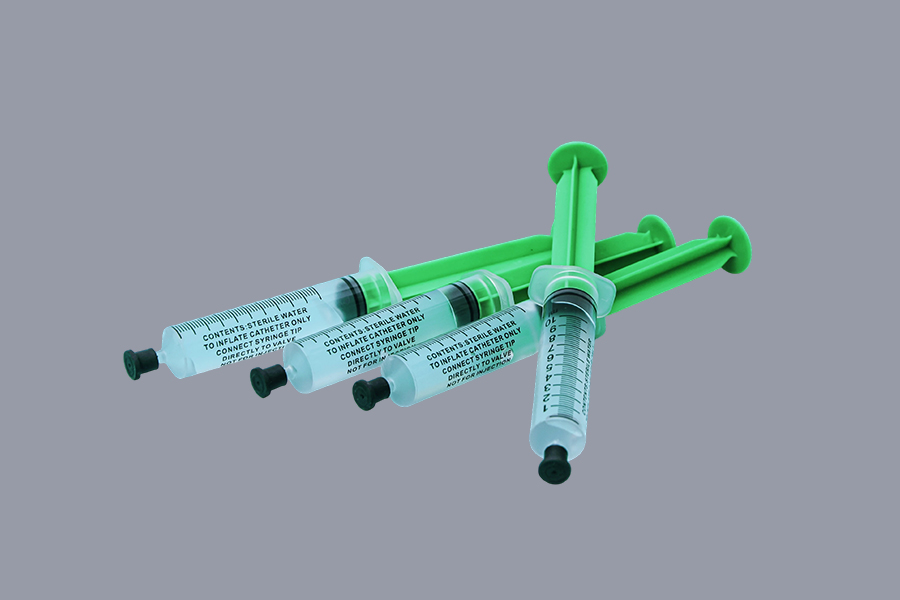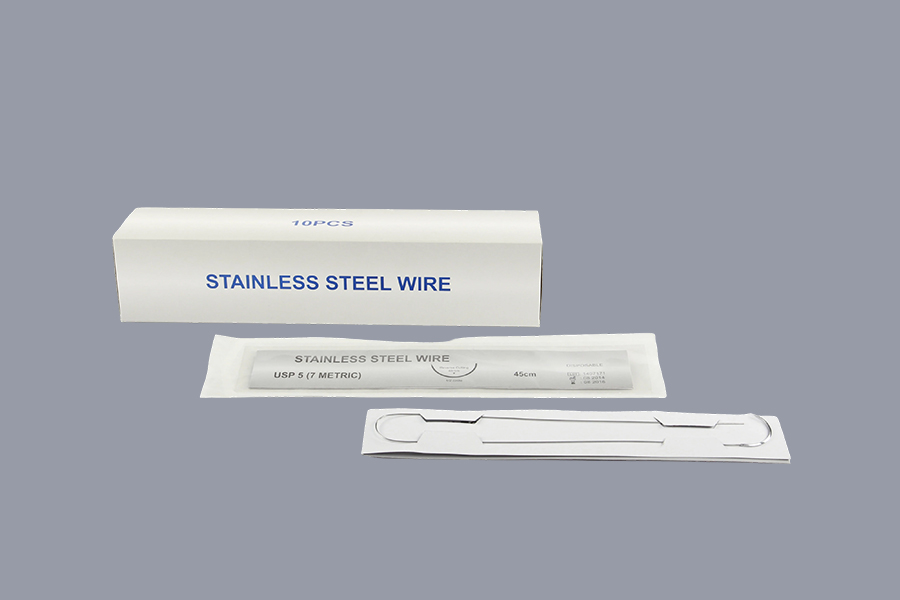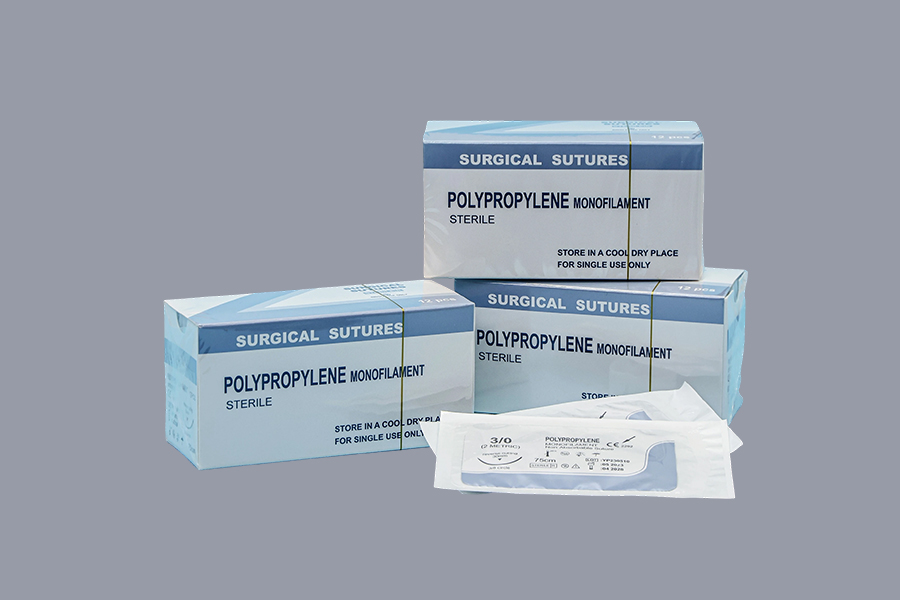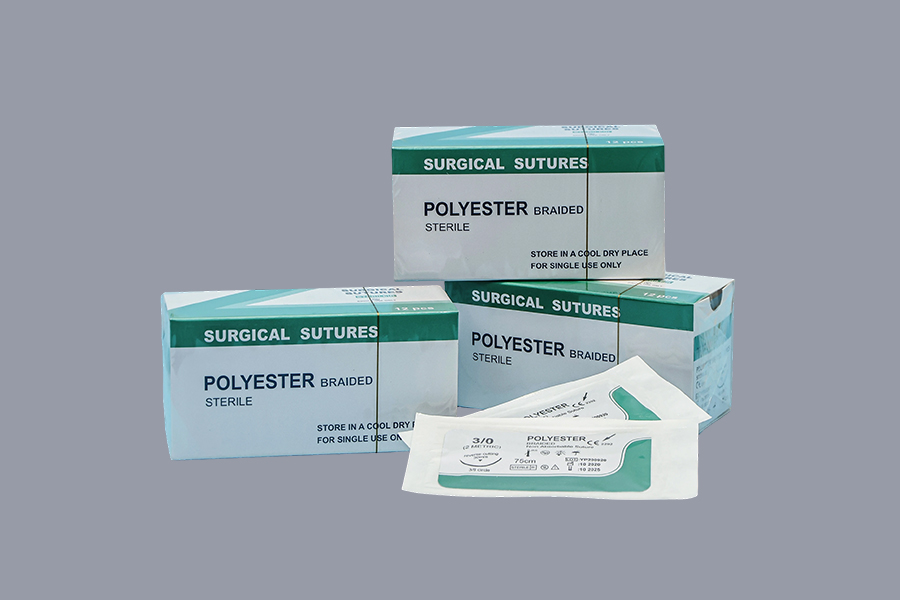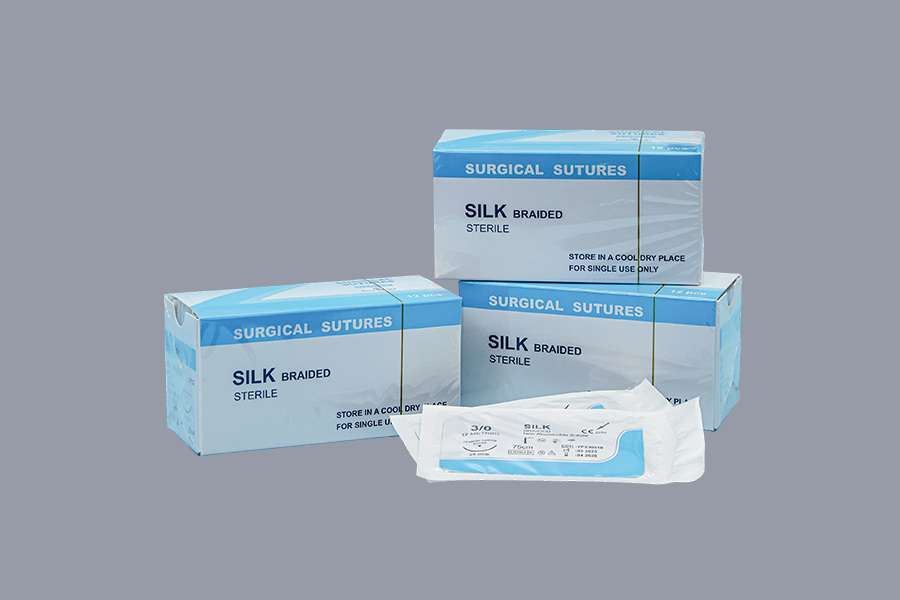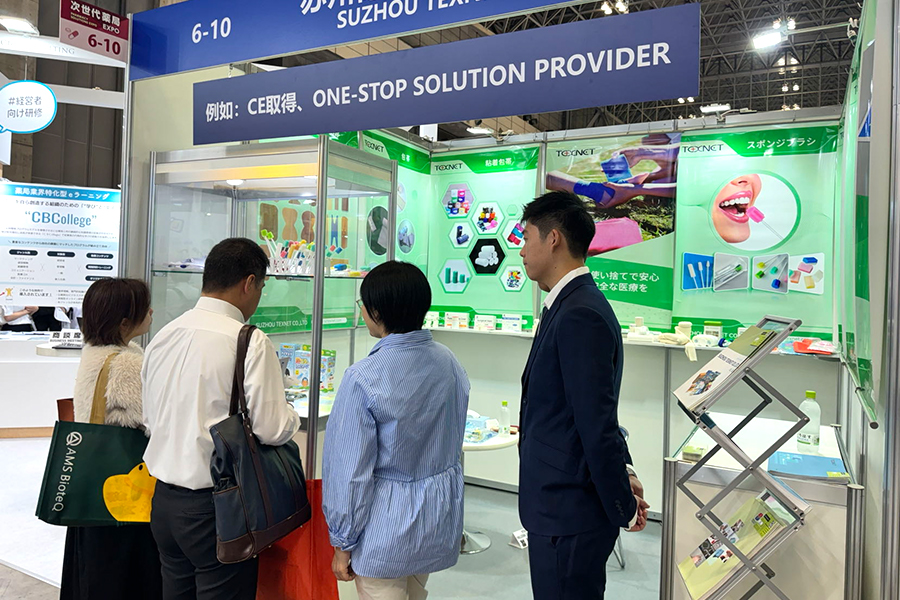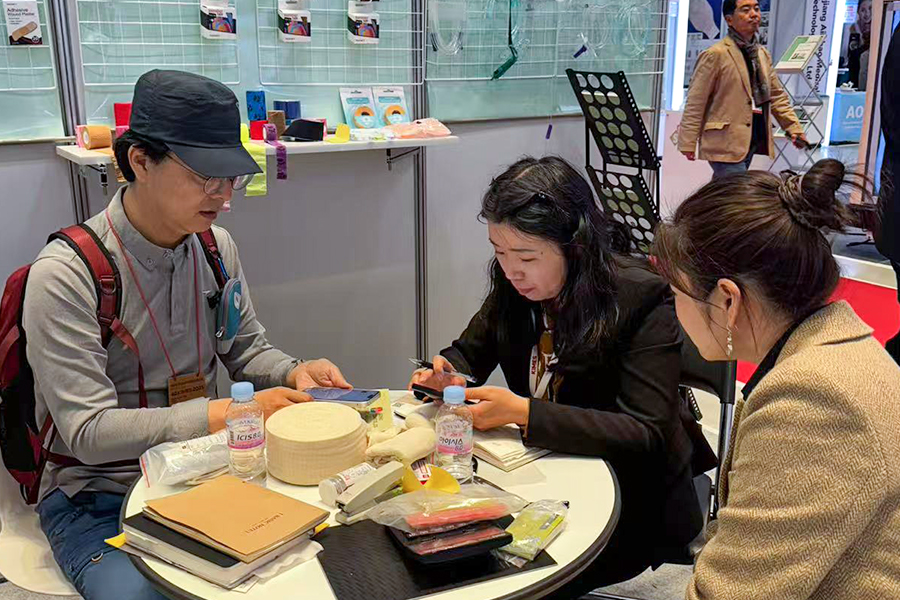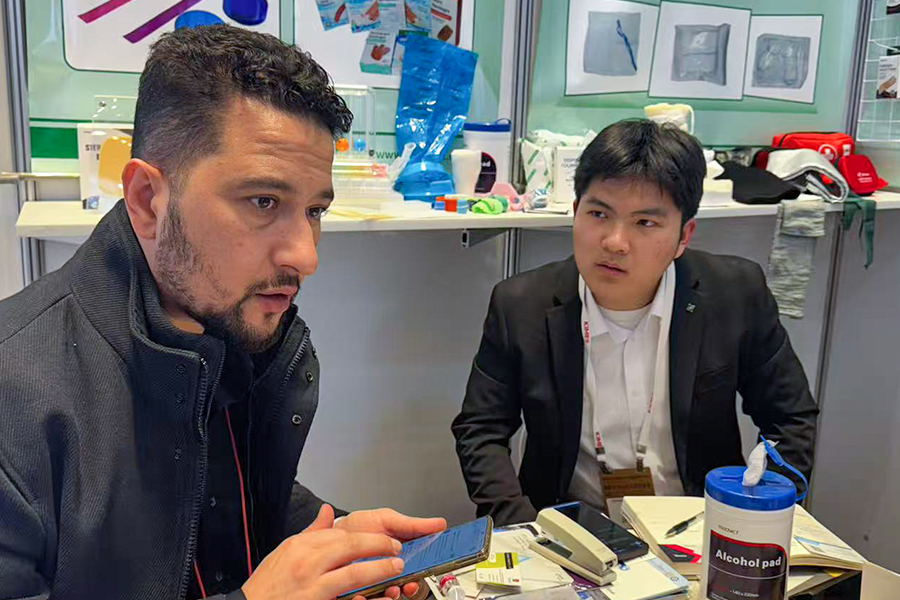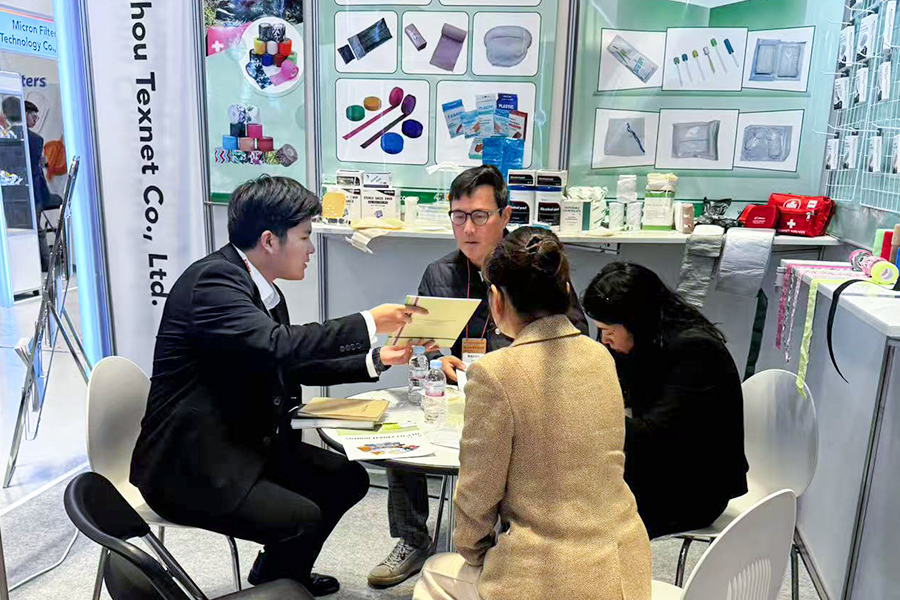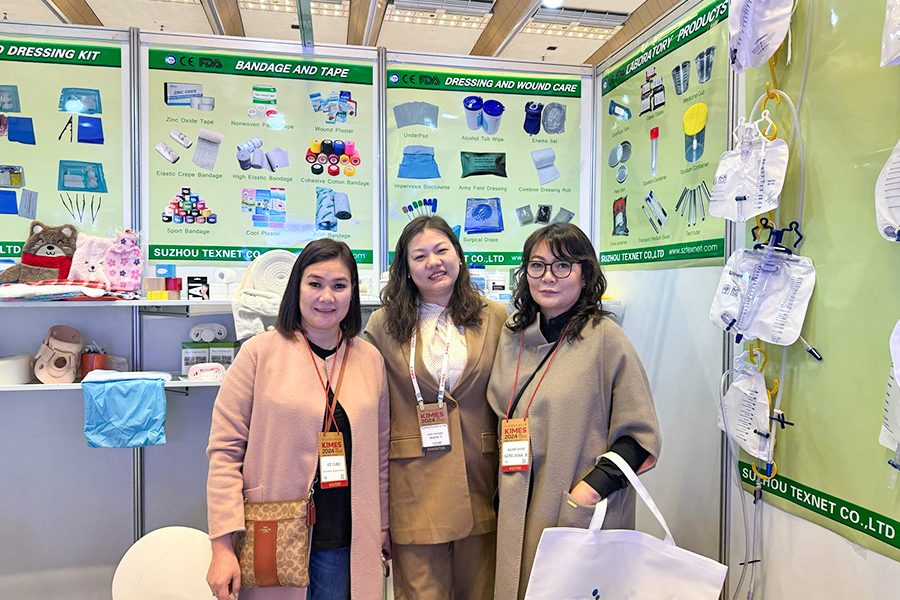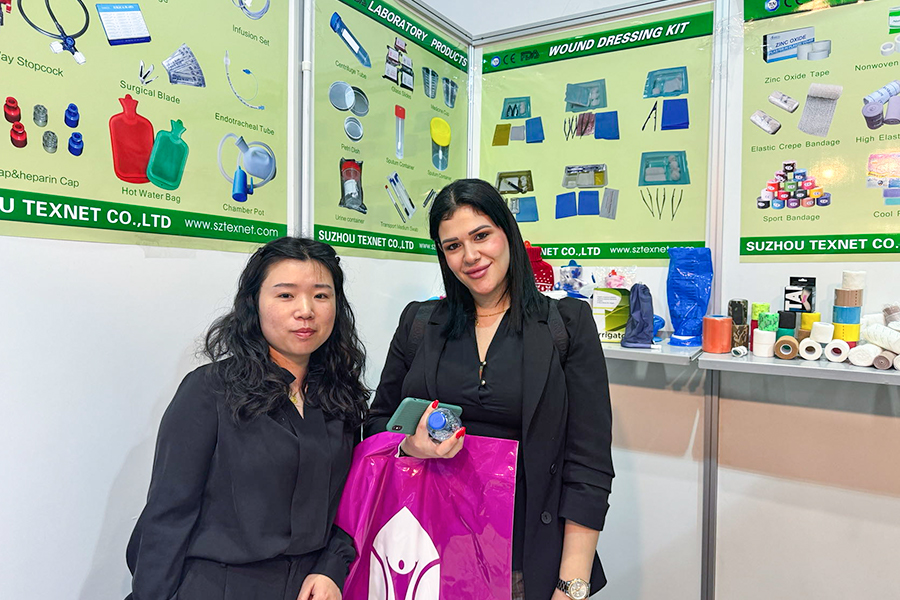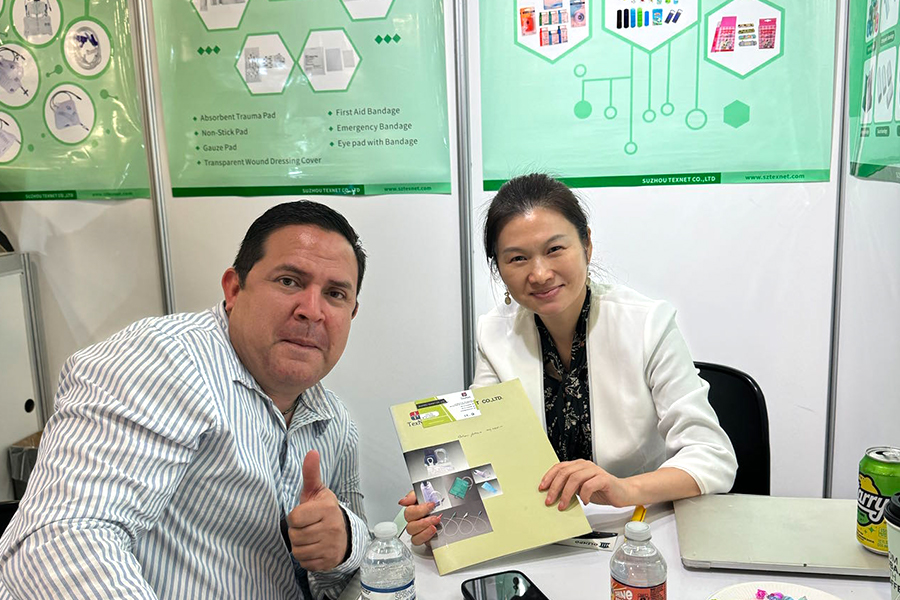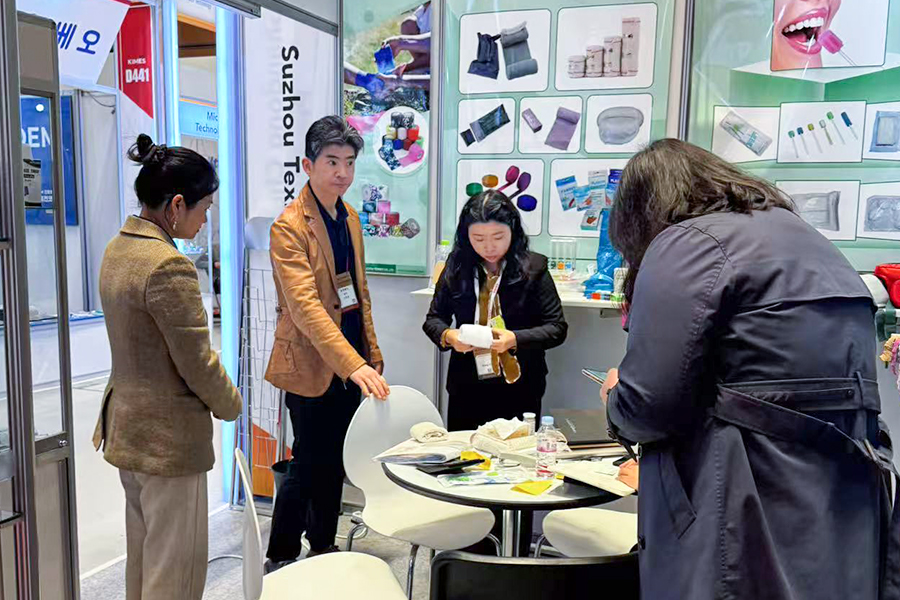
- Bandages
- Medical Tapes
- Cotton Products
- PPE Products
- Urology&Feeding Products
- Gauzes
- Procedure Kits&Dressings
- Catheters
- Surgery&Nursing
- Surgical Instruments
- Surgical Sutures
- Surgical Needles
- Surgical Blades
- Blood lancets
- Electrosurgical Pencils
- ECG
- Nasal cannulas
- Oxygen masks
- Nebulizer masks
- Venturi masks
- Spirometer
- Syringes
- Infusion sets
- IV cannulas
- Sharp boxes
- Three way Stopcocks
- Heparin caps
- Forceps
- Guedel Airways
- Light covers
- Tourniquet covers
- Lurbricant Jelly
- Lab Consumables
- Oral Care&Cleaning Products
- Sports Support
Types of Surgical Drapes Explained
Surgical drapes are a critical component of operative infection control and workflow. This article focuses specifically on the different types of surgical drapes, their construction, clinical uses, and practical selection and handling guidance so perioperative teams can choose and use drapes that reduce contamination risk and improve procedural efficiency.
Overview: categories and performance characteristics
Drapes are classified by material (woven, nonwoven, polyethylene), disposability (single-use vs reusable), configuration (full-body, fenestrated, incise, specialty), and functional features (adhesive borders, reinforced fluid barriers, antimicrobial coatings). Key performance metrics to consider are barrier integrity (imperviousness), fluid strike-through resistance, lint generation, and tensile/tear strength.
Materials and construction: what affects performance
Understanding construction helps predict real-world behavior under surgical stresses. Common constructions:
- Nonwoven laminated composites — often spunbond/meltblown/spunbond (SMS) with a thin film layer for fluid imperviousness; common in single-use drapes.
- Polyethylene or polyethylene-coated fabrics — provide an inexpensive moisture barrier for basic procedures.
- Reusable woven textiles (cotton/polyester blends) — durable and launderable; often used with separate impervious liners or adhesive sheets.
- Reinforced multi-layer zones — placed around incision sites to resist instrument puncture and fluid strike-through.
Common drape types and clinical uses
Fenestrated drapes
Fenestrated drapes have a cut opening (fenestration) sized and located for the planned incision. They can be single or double fenestrated for bilateral procedures. Choose the correct fenestration size to maximize exposed surgical field while keeping surrounding skin covered.
Incise (adhesive) drapes
Adhesive incise drapes adhere directly to skin and provide a microbial and fluid barrier at the immediate incision site. They come in plain film or iodine-impregnated versions. Use when there’s a need for a strong localized seal to limit skin flora migration into the incision; avoid use on known adhesive-sensitive patients.
Laparotomy / full-sheet drapes
Large, rectangular drapes designed to cover the majority of the patient and sterile field for open abdominal procedures. Typically include reinforced fenestrations for midline or paramedian access and are often paired with separate incision or instrument drapes.
Procedure-specific and specialty drapes
Drapes tailored to specialties — orthopedic drapes with limb isolation pouches, ophthalmic drapes with small fenestrations and adhesive collars, ENT drapes with suction ports, and cardiovascular drapes with integrated suction and fluid collection pouches. These save setup time and reduce need for improvised modifications.
Adhesive vs non-adhesive perimeter drapes
Adhesive perimeters help maintain a sealed edge around the surgical field, particularly on contoured anatomy. Non-adhesive drapes rely on clamps, towels, or surgeon technique. Consider patient skin condition, hair, and sweating when selecting adhesive drapes.
Quick comparison: features, pros, and cons
| Drape Type | Typical Use | Key Feature | Pros | Cons |
| Fenestrated | General surgical exposure | Pre-cut opening | Fast setup, focused exposure | Wrong size/location = re-draping |
| Incise (adhesive) | High-risk contamination sites | Skin-adherent barrier | Improved seal at incision | Skin irritation, cost |
| Laparotomy / Full-sheet | Open abdominal/thoracic cases | Large coverage & reinforcement | Comprehensive barrier, durable | Bulkier, more material waste |
| Specialty drapes | Orthopedics, ophthalmology, CV | Procedure-specific features | Saves time, tailored function | Higher SKU complexity, cost |
How to choose the right drape for a procedure
Make a decision using a short checklist that balances infection prevention, ergonomics, and cost:
- Match fenestration and size to the anticipated incision and patient positioning.
- Select barrier level required: reinforced/impervious for high-fluid procedures; basic barrier for low-fluid or minor cases.
- Consider adhesive perimeters where a seal is necessary; avoid adhesives on fragile or marked skin.
- Factor in OR workflow: single-use drapes reduce reprocessing needs; reusable drapes may be economical for high-volume settings with reliable laundering.
Best practices for drape placement and handling
Correct drape application reduces contamination risk and improves operative efficiency. Follow these practical steps:
- Confirm procedure and fenestration orientation before opening sterile packs to avoid re-draping.
- Use sterile technique when handling adhesive drapes — apply with smooth, outward pressure to avoid wrinkles that trap fluid.
- If using reusable drapes, pair with an impervious liner over areas expected to be heavily soiled to protect fabric integrity.
- Plan for fluid management (suction ports, collection pouches) and place drapes so that fluid is channeled away from the incision and instrument tables.
Inspection, laundering, disposal, and environmental considerations
Inspect reusable drapes for thinning, holes, or loss of impermeability before each use. Laundering protocols must restore barrier properties and remove biologicals. For single-use drapes, follow local regulations for disposal — many contaminated disposables are regulated medical waste. When choosing between reusable and disposable options consider lifecycle environmental impact and total cost of ownership, not only unit price.
Regulatory labeling and standards to look for
Drape packaging should indicate compliance with relevant standards (e.g., ASTM barrier tests, ISO cleanroom ratings where applicable). Look for clear labeling of shelf life, lot number, sterile status, and instructions for use. For antimicrobial or iodine-impregnated incise drapes, verify the active agent and contraindications.
Final practical tips for OR teams
Standardize the most commonly used drape kits for your facility to reduce setup errors, maintain inventory control, and simplify staff training. Keep a small selection of specialty drapes on a rapid-access shelf for uncommon procedures. Conduct periodic audits of drape choice, incidence of intraoperative contamination events, and staff feedback to refine selection policies.
-
Nurse Must Haves: Practical...
Nurse must haves for core clinical work The best nurse must haves are the items you reach for repeatedly: assessment tools, safe utility gear, and small backups that prevent workflow interruptions. The goal is not “more gear,” but fewer delays and fewer workarounds during patient care. Assessment t...
-
Elevating Standards in Heal...
Medical Gowns: A Critical Component of Healthcare Protection Medical gowns are essential protective gear in healthcare, providing crucial barriers against contamination, bodily fluids, and infection. These garments are designed to protect healthcare professionals, patients, and surrounding environme...
Copyright © SUZHOU TEXNET CO., LTD.

The information provided on this website is intended for use only in countries and jurisdictions outside of the People's Republic of China.

 English
English Français
Français Español
Español Português
Português عربى
عربى
